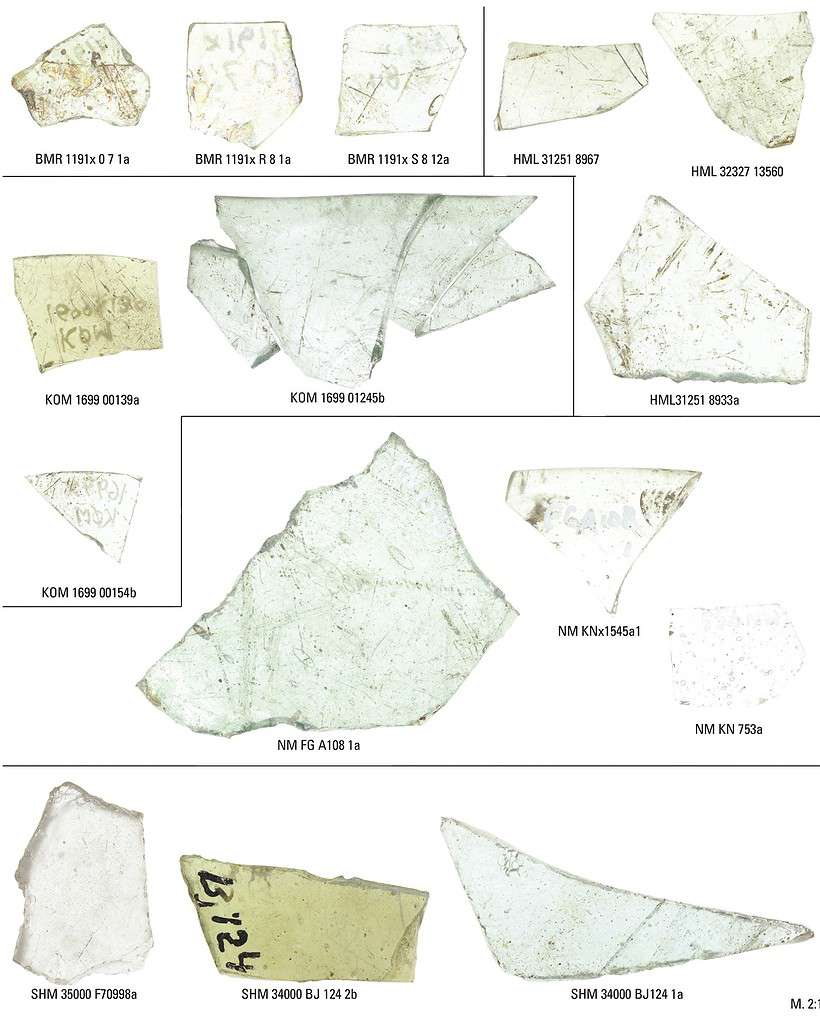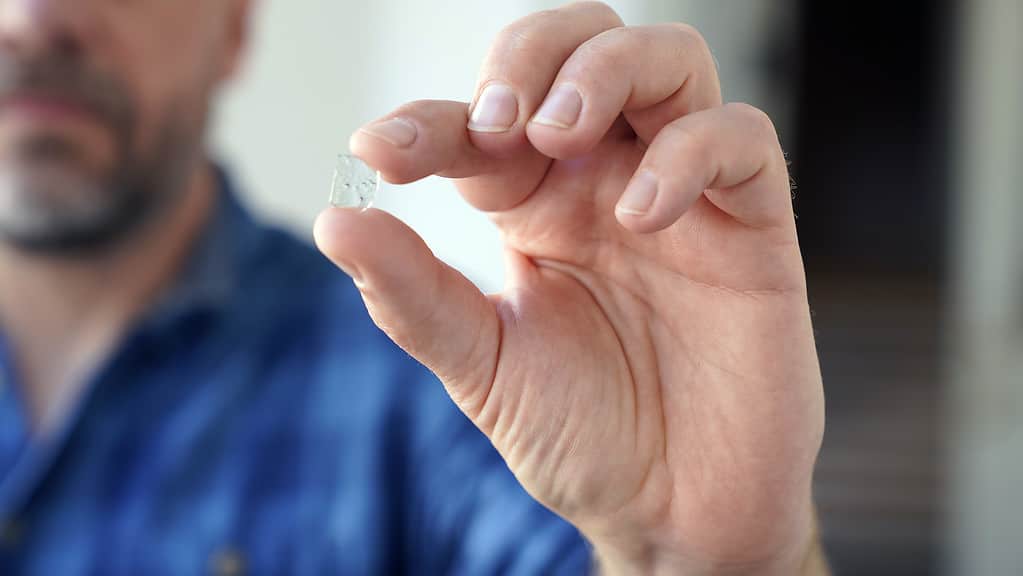Vikings were not the barbaric, rudimentary brutes they’re often portrayed as. Granted, they were brutal. They raided and pillaged. They raided and sold slaves. But they were innovators in several fields. They filed their teeth and had female warriors, they had their own fashion, and developed important tools to help them navigate the seas better. In addition to all this, they also had some pretty cool windows.

Sophisticated Viking windows
Archaeologists kept finding glass window fragments at Viking sites. Initially, they thought it was a coincidence and the glass came from a later time. But new research suggests that Vikings were using glass panes from the year 800 down to 1100.
“Several fragments of glass windows found on important Viking Age sites in South Scandinavia, made us wonder if it was just a mere coincidence that they were there. And it wasn’t, they can be dated to the Vikings Age and most likely must have been in use in that time period as well”, says conservator Torben Sode, from the National Museum of Denmark. Sode was the one who first noticed the special material.
The Romans were the first known users of glass for windows, exploiting a technology likely first developed in Roman Egypt. But after the fall of the Roman Empire, glass windows became largely unused for centuries.
In some parts of Europe, glass was indeed used at the time of the Vikings. But in Denmark, the use of glass windowpanes wasn’t extensively documented until centuries after the age of the Vikings. This suggests that Vikings may have been ahead of their time and far more sophisticated than usually considered.
“This is yet another shift away from the image of unsophisticated barbaric Vikings swinging their swords around. In fact, we are talking about a cultivated Viking elite with royal power that equaled that, for example, of Charlemagne, king of the Franks. This is something that is often omitted in the simplistic Hollywood portraits of Vikings,” says the National Museum’s senior researcher Mads Dengsø Jessen.

Looking through the glass
The researchers looked at 61 fragments of glass panes found at 6 different sites. Five of the sites were in southern Scandinavia, and one was in northern Germany. The samples came from the farms of Viking noblemen, temples, and early urban environments.
Previously, it was thought that this glass came from the late Middle Ages. But chemical isotope analyses show that the glass fragments came from well before the 12th century — predating the churches and castles of the Middle Ages where archaeologists thought the glass came from.
However, the glass chemistry indicates that the basic materials didn’t come from Scandinavia. In fact, it’s very unlikely that the Vikings themselves made the glass. They merely used it.

The glass probably came from a bit to the south. In fact, the glass seems to be similar to the glass used in Anglo-Saxon culture. This is probably not a coincidence, as Mads Dengsø Jessen explains:
“We know that well-known Vikings, such as Harald Klak, visited the south, where the Vikings had a political network and close trade links. So, of course, they were familiar with glass panes from the buildings of society’s upper echelons there. It is thus also very likely that the Vikings also had glazed windows – a fact now confirmed by recent research.”
In fact, there’s another possibility: that Vikings actually looted and raided the windows of monasteries.
Raiding or trading?
The archaeologists say that it’s possible that the Vikings plundered the glass, but it’s not very likely. The glass was found at different Viking sites. However, the chemical signatures suggest that the glass panes originate from different parts of Europe and the Near East. This would be quite a coincidence, to raid all this glass from different places, multiple times, and bring it to several spots back home.
The more likely option is that the Vikings acquired the glass through trade.
The glass would have been reserved for the upper echelons of Viking society and for religious use. In other words, the iconic hall buildings of the Vikings may have had glass windows.
“It is also reasonable to assume that they regarded the presence of glass windows as something special and magical that could let sunlight in and illuminate the room, while keeping out cold, wind and rain”, underlines Torben Sode.
However, this wouldn’t have been the clear transparent glass we’re used to today. It would be several more centuries before the of kind of windows that resemble modern ones would appear.
Still, the realization that Vikings had access to glass windowpanes reveals a new dimension of their culture and technological sophistication. Far from the marauding hordes depicted in popular culture, these findings suggest a society that valued trade, innovation, and perhaps even aesthetics.






